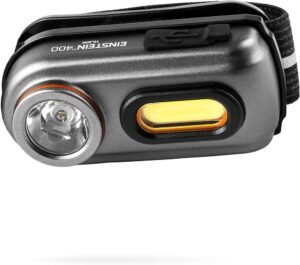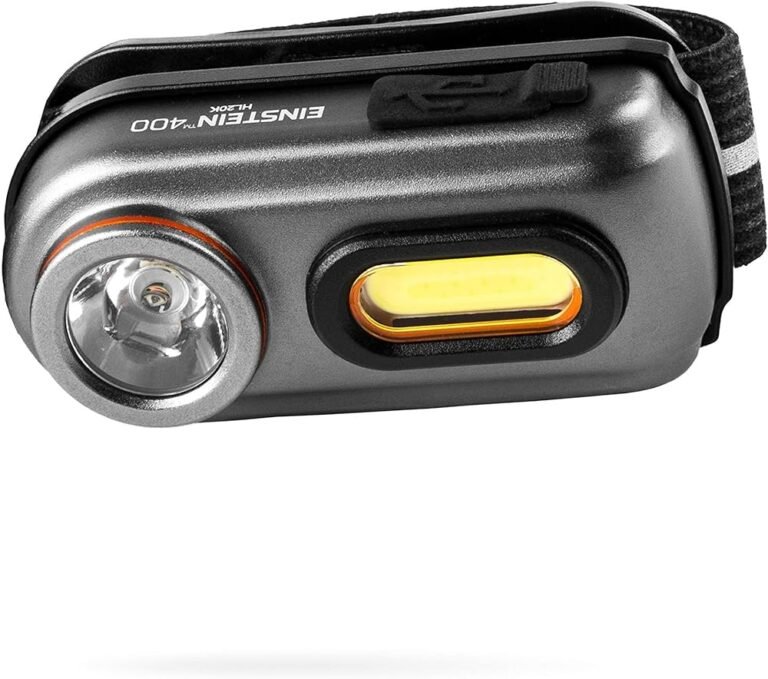Image credit : Getty image
Encountering small black bugs in your home or garden can be a common yet unsettling experience. These tiny pests, ranging from aphids to little black bugs, present not only a nuisance but also a potential threat to plant health and indoor hygiene. Identifying and addressing the presence of these very small black bugs is crucial for maintaining a comfortable and healthy living environment. Moreover, understanding the diversity of these small insects assists in applying the most effective control measures, ensuring your green spaces thrive and your indoor spaces remain pleasant.
This article will delve into the common types of small black bugs, providing insights on how to recognize them in your environment. From the aphids that menace your garden to the tiny bugs in house corners, recognizing these pests is the first step towards effective management. Subsequent sections will explore methods for eradicating small black bugs, covering natural and chemical strategies ranging from the use of horticultural oils to planting marigolds. Furthermore, for persistent or severe infestations, guidance on when to seek help from professionals will be discussed, ensuring you have the knowledge and resources to keep your spaces bug-free.
Common Types of Small Black Bugs
Mites
Mites are minute bugs often mistaken for tiny black dots in homes. Notably, Clover Mites are prevalent, appearing as minuscule black specks that, upon closer inspection, reveal a red or brown hue. These creatures are primarily harmless to humans but can indicate higher moisture levels in the environment. They typically feed on plant matter and thrive in warm, sunny spots like window sills. Removing mites generally involves simple vacuuming and prompt disposal to prevent reinfestation.
Beetles
Among the small black bugs frequently found in homes are carpet beetles and weevils. Carpet beetles, which can vary from black to spotted, consume animal products and fibers like wool and silk. They are often spotted around furniture and baseboards. Regular cleaning and treatments such as vinegar or diatomaceous earth sprays can effectively manage these pests. Weevils, recognized by their distinctive snout, are another common beetle type that targets stored grains and cereals.
Ants
Ants are one of the most common household pests, identifiable by their three distinct body segments and six legs. They are particularly drawn to sugary substances and can be found in groups, indicating a larger colony nearby. Managing ants effectively requires targeting the entire colony, often with strategies that include vinegar sprays or bait that ants carry back to their nests.
Booklice
Booklice are tiny, usually around 1-2 mm in length, and thrive in warm, humid environments. They feed on mold and organic matter, often found in old books or damp areas. Reducing home humidity and addressing mold issues are crucial steps in controlling booklice populations without resorting to harsh chemical treatments.
Moth Flies
Also known as drain flies, these pests resemble tiny fuzzy moths and are commonly found around drains or other moist areas. They feed on decaying organic material, making them frequent inhabitants of kitchens and bathrooms. To manage moth flies, regular cleaning of drains with boiling water and maintaining dry conditions can be effective.
By understanding the specific types and characteristics of these small black bugs, homeowners can implement targeted strategies to manage and prevent infestations, ensuring a cleaner, healthier living environment.
How to Identify Small Black Bugs in Your Home
Identifying small black bugs in your home requires careful observation of their physical characteristics and behaviors. Here are some key features to help you recognize these pests:
Observing Color and Patterns
Small black bugs may appear uniformly black from a distance, but a closer look can reveal more. For instance, Thrips are generally about 1 mm long and can transmit plant viruses. They may invade homes and infest objects like furniture and computer monitors, slipping between the LCD and its glass covering. Ladybug larvae, on the other hand, display distinct stripe patterns during their larval stage, which are different from their adult form.
Body Shape
The body shape of small black bugs can be a crucial identifier. Thrips have an elongated abdomen with wings often shorter than their abdomen, making them appear slender. Carpet beetles, prevalent in many homes, are round or oval and convex, similar to ladybugs, and covered in tiny hairs which are visible under magnification. This variety in body shapes helps in distinguishing one species from another.
Leg Count and Position
The number of legs and their positioning can also provide insights into the type of bug. Most insects, like ants and cockroaches, have six legs. However, the positioning can vary; for instance, pillbugs have seven pairs of legs and tend to live in damp areas. Observing these details can aid in accurate identification and understanding of their mobility and habitat preferences.
Presence of Wings
Wings or the lack thereof can be a significant indicator of the type of bug. While some bugs like Thrips have wings that are shorter than their abdomen, others, such as certain types of beetles and flies, might have more prominent wings. For example, Phorid Flies are small black flies with noticeable wings, breeding in decaying organic matter.
By using these observations, homeowners can better identify the small black bugs in their homes, leading to more effective management and control strategies.
How to Get Rid of Small Black Bugs
Natural Remedies
To combat small black bugs naturally, homeowners can utilize diatomaceous earth, a fine powder that dehydrates insects upon contact. Spread this around areas where bugs are frequently seen, such as baseboards and window sills. Additionally, boric acid serves as an effective deterrent, especially when lightly dusted in areas of suspected bug activity. For a more aromatic approach, consider placing soaked cotton balls with cedar or clove essential oils in closets and drawers to repel bugs.
Chemical Treatments
For more persistent infestations, chemical treatments may be necessary. Homeowners should carefully apply insecticide sprays or powders specifically labeled for targeting small black bugs. These products are best used in areas where bugs are known to hide, such as under furniture, along baseboards, and inside closets. It’s crucial to follow the product instructions closely to ensure safety and effectiveness. Regular treatments may be required to fully eradicate the pests.
Preventative Measures
Preventing future infestations involves maintaining a clean and dry environment. Homeowners should vacuum regularly, focusing on areas like corners, under furniture, and along baseboards to remove any potential eggs or larvae. Sealing cracks and crevices with caulk can prevent new bugs from entering the home. Additionally, storing food in tightly sealed containers and managing home humidity with dehumidifiers can significantly reduce the likelihood of bug infestations. Regular inspections and cleanliness can keep small black bugs at bay.
When to Contact a Professional
Deciding when to contact a professional for pest control can be pivotal in effectively managing an infestation. Here are some indicators that it’s time to call in the experts:
Persistent Infestations
If efforts to eliminate pests using DIY methods repeatedly fail, this is a clear signal that professional intervention is necessary. Seasonal pest patterns or a lack of expertise in identifying pests also warrant professional help. A professional can provide effective solutions tailored to the specific pests and the scale of infestation.
Signs of Severe Infestation
A quick inspection of less visible areas in your home, such as attics, basements, and behind cabinets, can reveal hidden problems. Signs like pest droppings, gnaw marks on fabrics or furniture, and unusual odors can indicate a severe infestation. If pests like rodents are left unchecked, they can cause significant damage to your property and potentially lead to health risks.
Inefficiency of Home Remedies
When home remedies and over-the-counter solutions do not curb the pest activity, and you find yourself facing the same issues repeatedly, it’s time to contact a professional. Experts from reputable pest control companies can offer more permanent solutions and prevent recurring infestations.
Risk of Property Damage
Some pests can cause extensive damage to your property if not addressed promptly. Signs of damage may include discolored drywall, peeling paint, tiny holes in walls, or frayed wires. Professionals can assess the extent of damage and implement strategies to not only rid your home of pests but also prevent future damage.
Health and Safety Concerns
The presence of pests can pose various health risks, especially in environments with children or pets. Professionals can use safe and effective methods to eliminate pests while ensuring the safety of your household.
By recognizing these signs and acting swiftly, homeowners can maintain a healthy and safe living environment. Contacting a professional pest control service like Orkin or Official Pest Prevention ensures that your pest problems are handled efficiently and effectively, with long-term results.
FAQs
Q: How can I eliminate small black bugs in my home?
A: To eliminate small black bugs, focus on reducing the humidity levels in your home. You can achieve this by using a dehumidifier, ensuring your home is well-insulated, and using an air conditioner during warm months. This will help prevent mold growth and eradicate the bugs.
Q: What kind of tiny black bugs might be found on kitchen counters?
A: Tiny black bugs on kitchen counters could be several types, including moths, beetles, mites, weevils, fruit flies, drain flies, and ants. To prevent these pests, ensure that all food containers are tightly sealed, maintain a clean kitchen, and control the moisture in the air.
Q: What are some examples of very small black bugs?
A: Very small black bugs can include a variety of insects such as beetles, mites, and ants. These bugs often thrive in moist conditions and can be found in different areas of a home.
Q: Can you identify tiny pinhead-sized black bugs?
A: Tiny pinhead-sized black bugs are often furniture/carpet beetles, scientifically known as Anthrenus flavipes. These beetles are small, mostly oval, and have a mix of black and gray patches. They move slowly and tend to roll over when touched. You might see them crawling slowly on walls.
























Thanks for sharing. I read many of your blog posts, cool, your blog is very good.